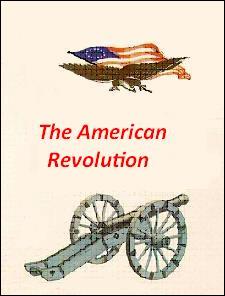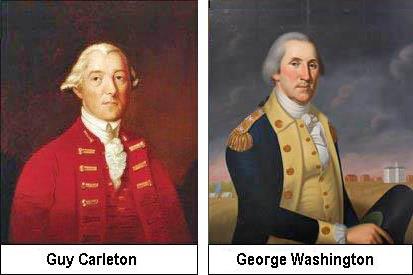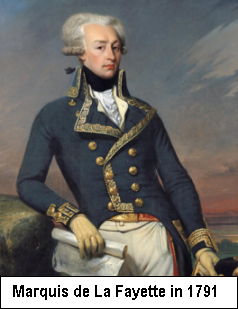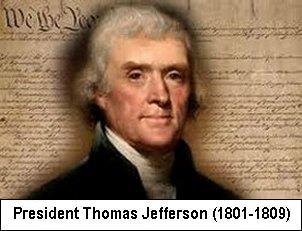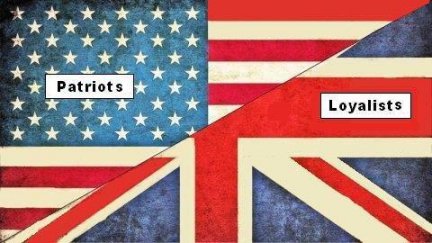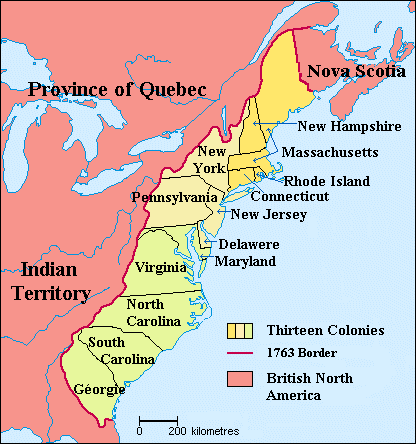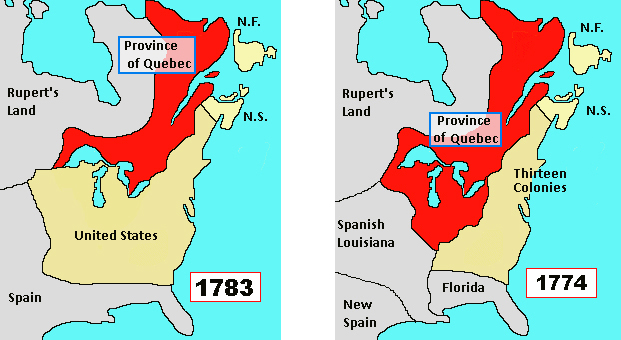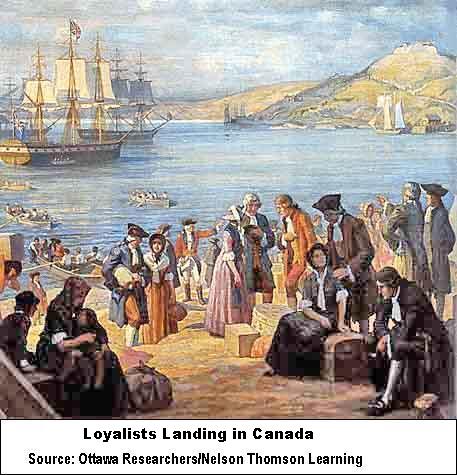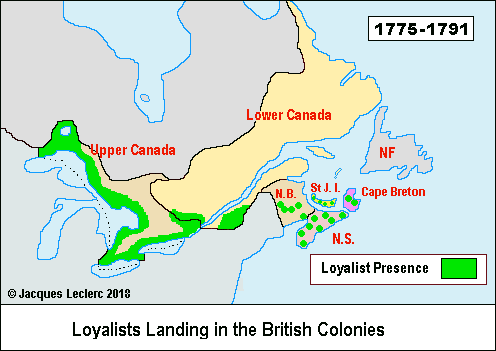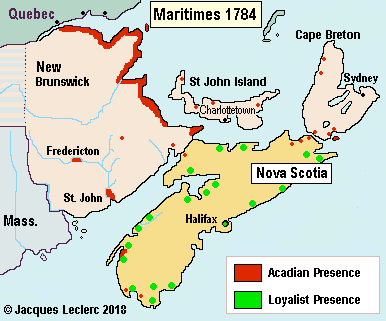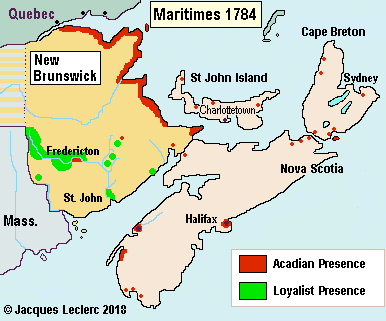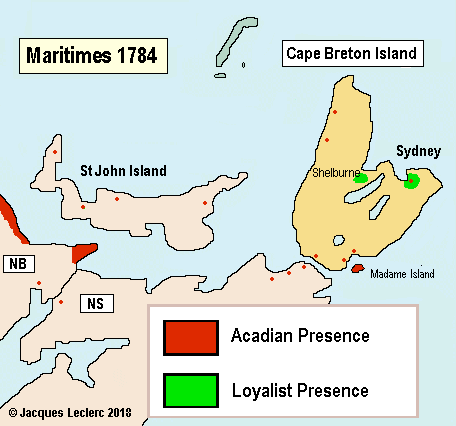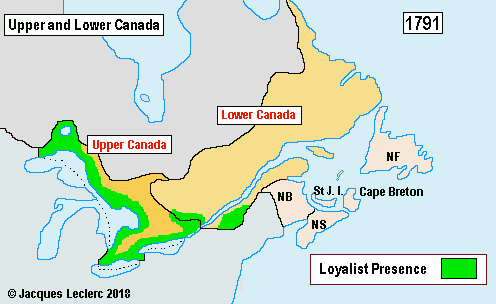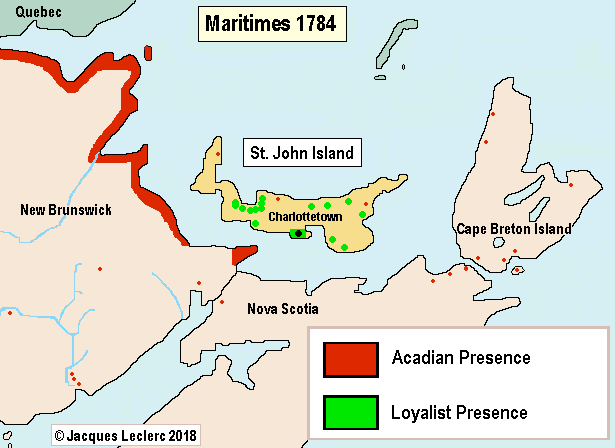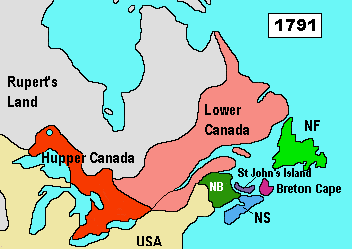The name Eastern Townships appears misleading, given that they are located in the western portion of the province of Québec, but it should be noted that at the time they were situated to the east of the "upper country" (Ontario), and were so called to distinguish them from Upper Canada's Western Townships.
It was also Alured Clarke who named most of the counties of Lower Canada (a total of 21, plus four districts) after those in the motherland (Buckingham, Bedford, Dorchester, Devon, Effingham, Huntingdon, Kent, Leinster, Northumberland, Surrey, Warwick, York, etc.), leaving a few French names such as Gaspé (an Amerindian place name), Montréal, Saint-Maurice, Orléans and Québec. If he could not successfully assimilate his French-Canadian subjects, the Lieutenant-Governor was bound and determined to anglicize, at the very least, the topographic map of the colony.
Three decades later, as of 1820, some 5,000 British, 3,000 Irish, and several hundred Scottish immigrants (who settled in Scotstown and Stornoway) swelled the ranks of the original Loyalist settlers in the Eastern Townships. The French term Estrie, suggested by Sherbrooke historian Maurice O'Bready in 1940, was officially adopted in 1981 by the Québec government when the province's administrative regions were created. Since then, the two denominations (Eastern Townships and Estrie) coexist, but the first denotes the tourist region; meanwhile the other is the administrative region.
Overall, approximately 6,000 United Empire Loyalists settled along the banks of the St. Lawrence River, from Lake Saint-François to Lake Ontario; on the shores of Lake Ontario itself, including the Bay of Quinte; in the vicinity of the town of Niagara, then called Newark; and along a portion of the Detroit River. The English-language settlement of western Québec—first known as the "upper country", then Upper Canada, and finally Ontario—had begun. In their quest for a compromise, the authorities ultimately set aside a separate district for these English speakers so that they could put in place a British common-law system, while allowing the French population to retain its own civil law code.
However, some of the Loyalists who had settled in the St. Lawrence Lowlands resented not only having to obey French law, but also being forced to answer to French-speaking seigneurs (even though one-quarter of all seigneuries belonged to English speakers). The situation was not always simple, and tensions flared further when the Loyalists added the establishment of Protestant schools and churches to their list of demands. In addition, the Loyalists had become accustomed to self-government in the Thirteen Colonies, and there was no elected assembly in the Province of Québec. The Loyalists decried the colony's lack of a House of Assembly and the fact that the decision makers were not elected officials. Although the authorities yielded to the demands of the new settlers, they nonetheless submitted them to the will of the French Catholic majority. But the Loyalists and other English speakers exerted increasing pressure on the government of London to reform the administration of the colony in their favour, and finally, in 1791, Québec was divided into Lower Canada in the east and Upper Canada in the west.

